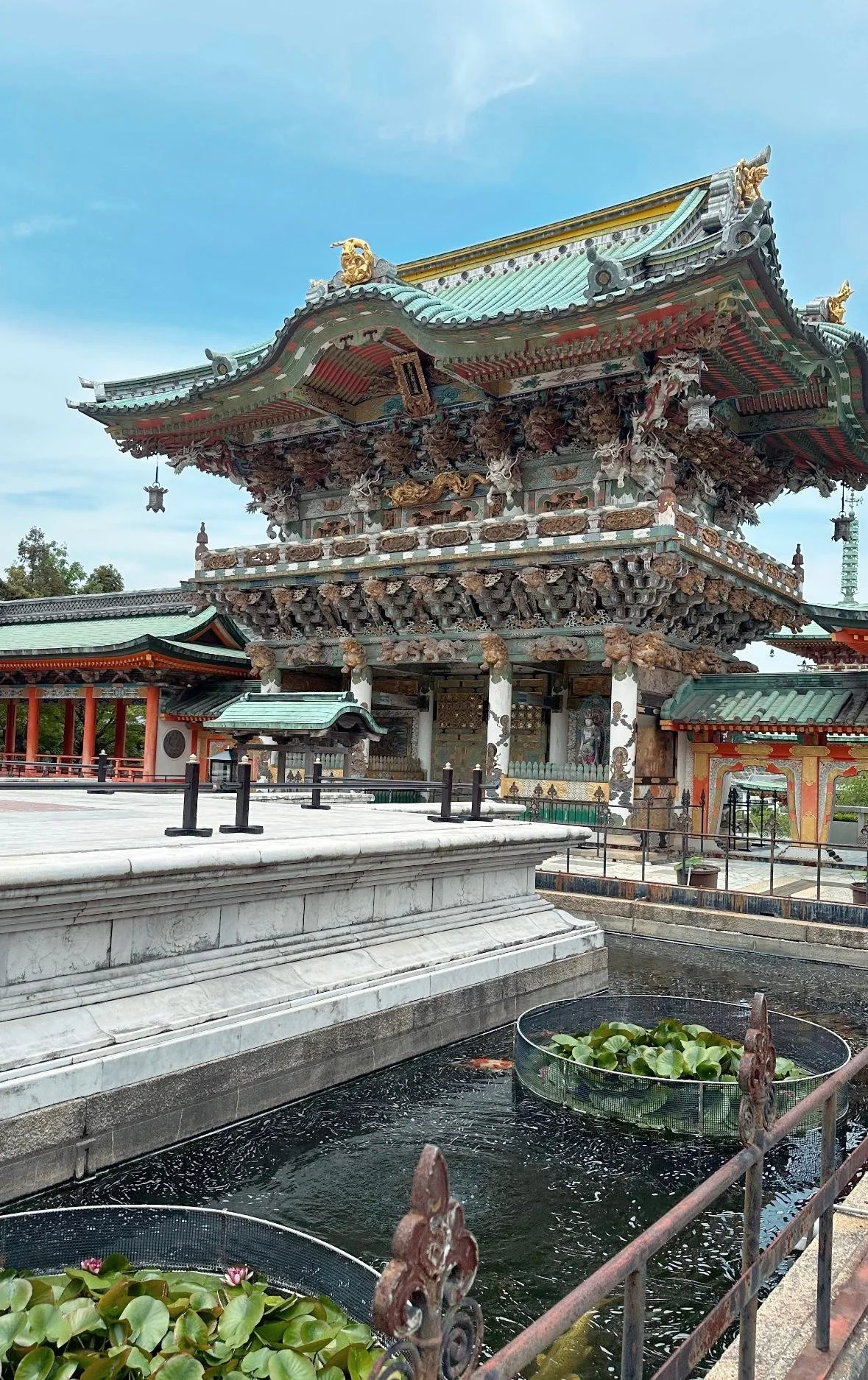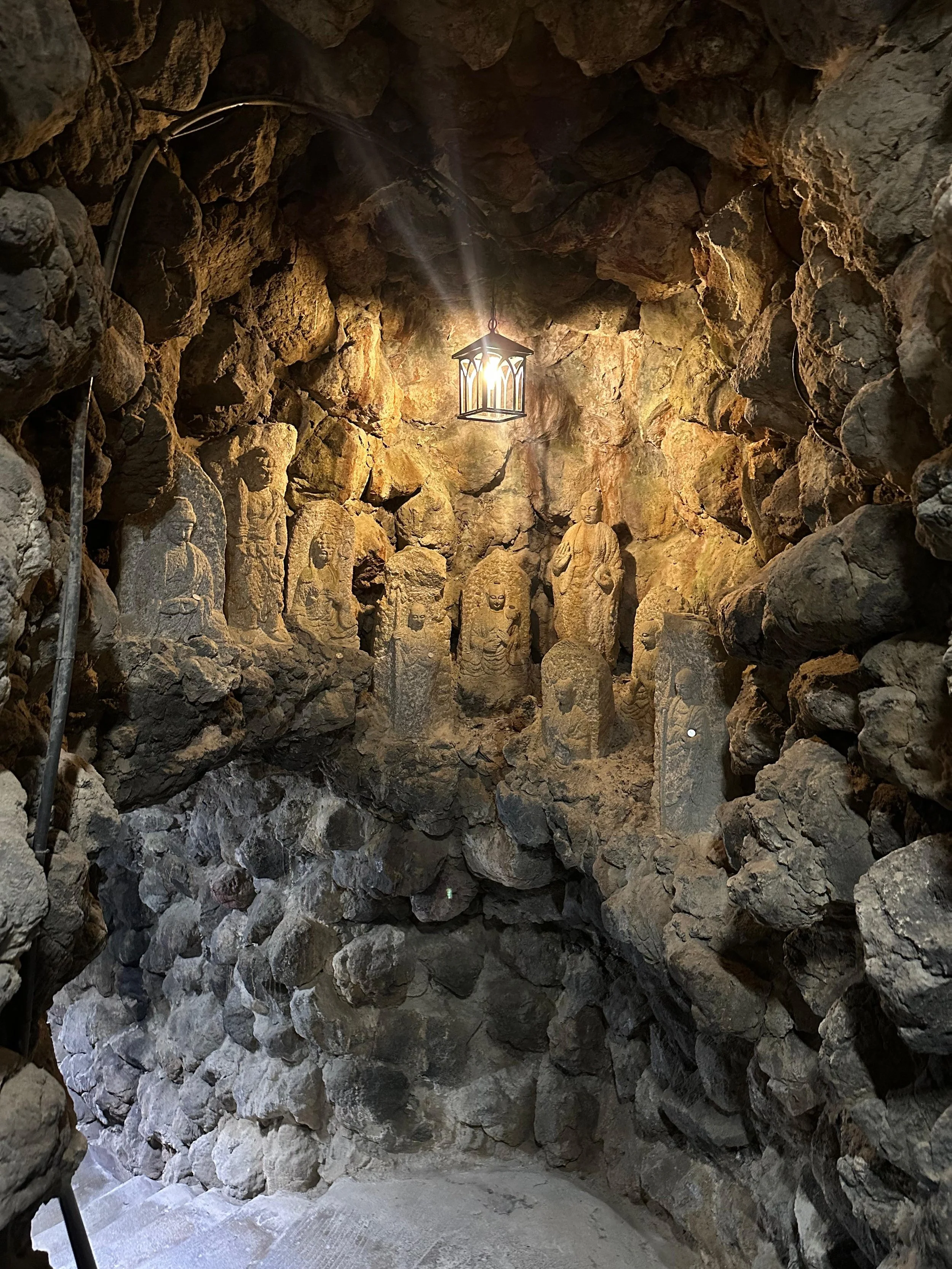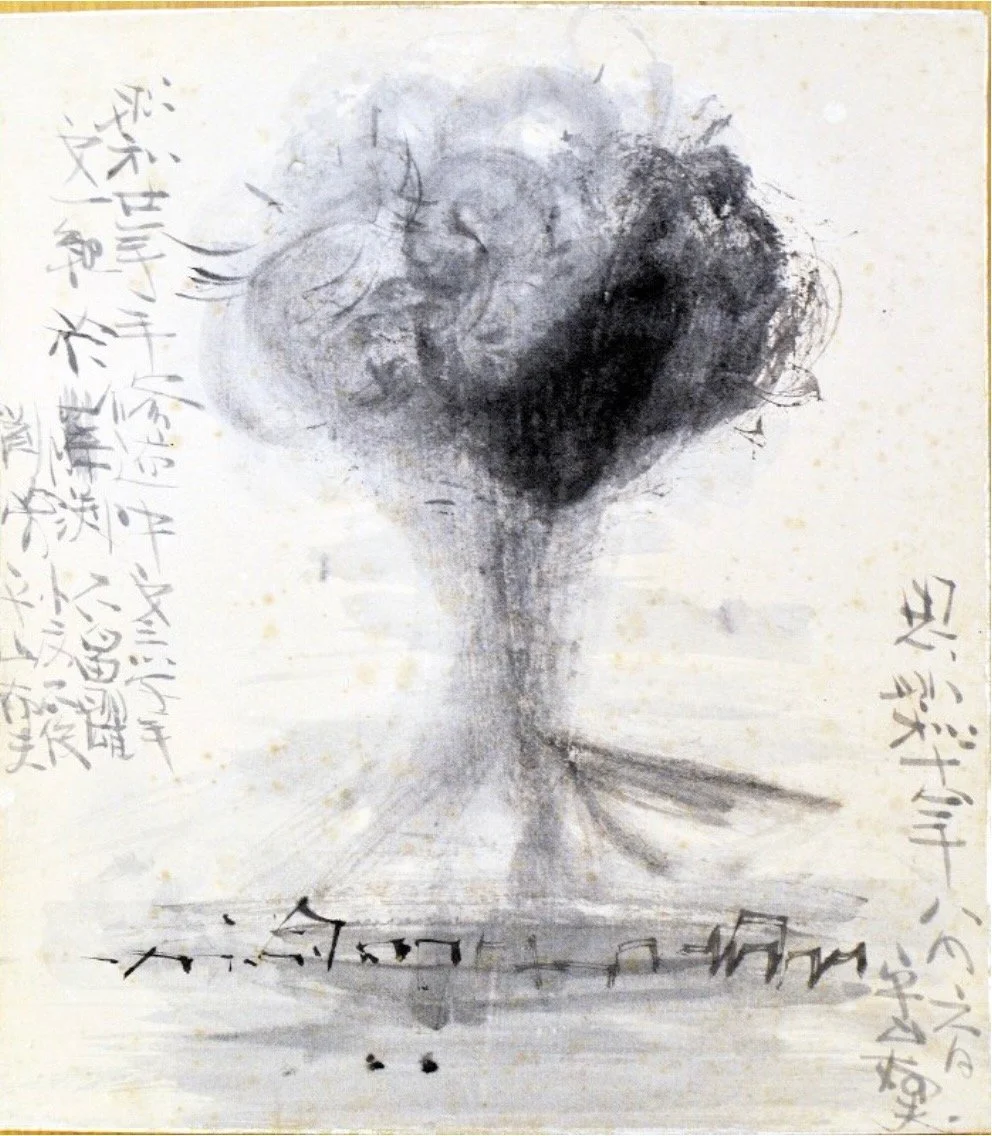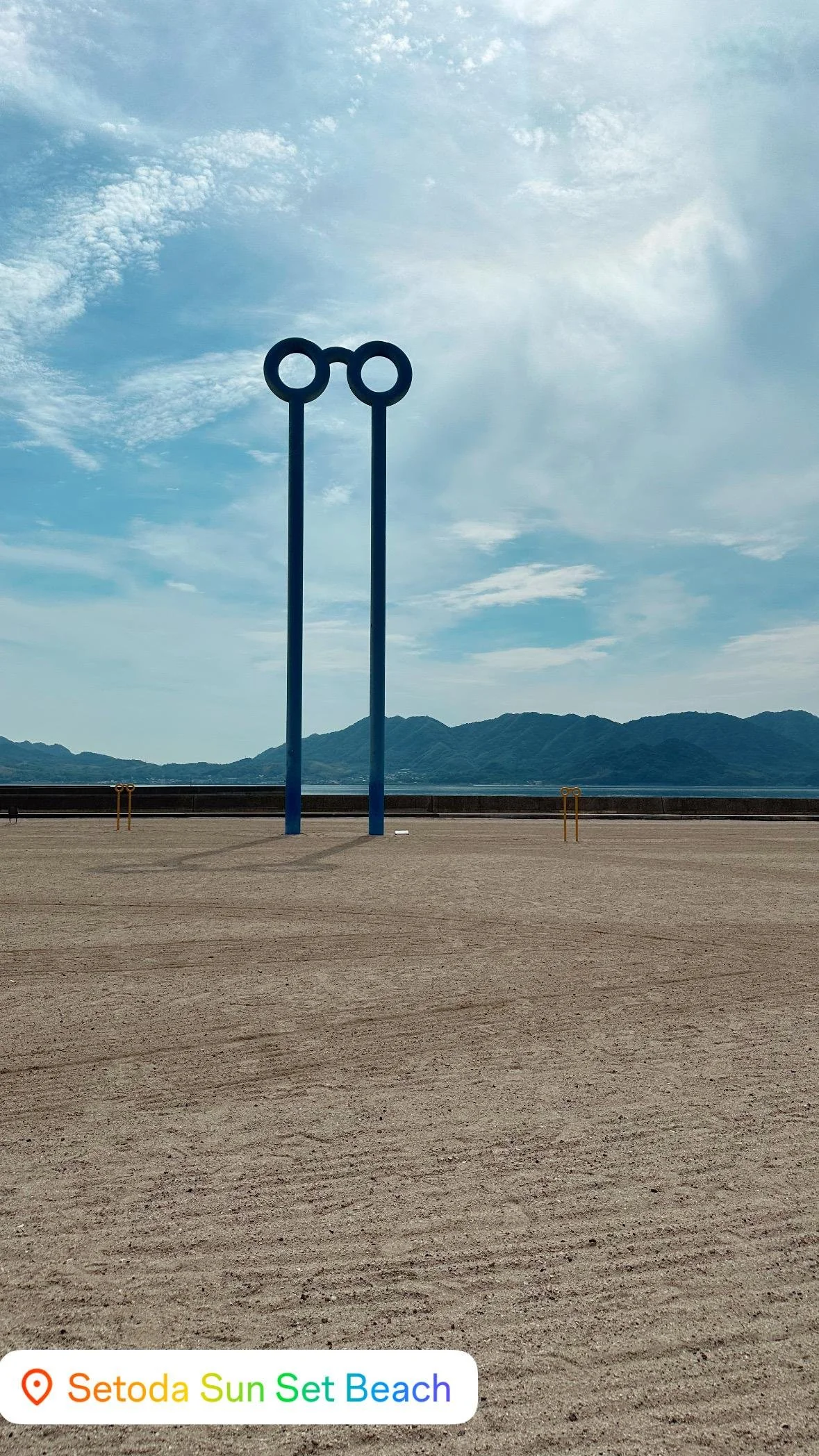Setoda, Ikuchijima Island — A Journey Through Love, Light, and Lemon
Some of the best travel discoveries start with a single question at a local tourist information center. I always recommend visiting them in every town — they know the festivals, the hidden spots, and the experiences you won’t find in guidebooks. That’s exactly how I found Setoda, a place that became one of my favorite hidden gems in Japan.
The Shimanami Kaidō is famous for its cycling route linking Japan’s islands, but Setoda, on Ikuchijima Island, moves to its own rhythm — slower, softer, and touched with both grandeur and whimsy. It’s the kind of place you stumble upon without expecting much, only to leave wondering how it stayed off your radar for so long.
A Temple Built for Love
My day began at Kōsanji Temple, an architectural masterpiece built in 1936 by industrialist Kanemoto Kōzō to honor his mother. Every hall, pagoda, and gate is modeled after Japan’s most revered temples and shrines — Kiyomizudera in Kyoto, the Yomeimon Gate of Nikkō Tōshōgū, and more — creating a dreamlike collage of sacred architecture.
But this isn’t mere imitation; it’s a love letter in stone, wood, and lacquer. The scale is bold, the craftsmanship meticulous. Walking through its vivid halls feels less like visiting a historical temple and more like stepping into someone’s deeply personal vision of devotion.
From Shadows to Light — Senjōkutsu and the Hill of Hope
Beneath Kōsanji lies Senjōkutsu, the Cave of a Thousand Buddhas — a dimly lit tunnel lined with countless carved figures and scenes from Buddhist hell. The path winds through cool air and quiet stone, illuminated only by flickers of candlelight and soft golden lamps.
I’m not a religious person, but there was something profoundly spiritual about this place. Every step felt deliberate, as if the tunnel itself were urging you to slow down and listen. Surrounded by silent statues, shadows, and the faint scent of incense, you feel the weight of centuries pressing gently on your shoulders. By the time you emerge, there’s a lightness in your chest — the kind that comes from setting down something heavy you didn’t know you were carrying.
And then, the light.
The path opens into the Hill of Hope — a radiant garden entirely clad in pure white Carrara marble, designed by sculptor Itto Kuetani. The sudden brightness after the cave is almost blinding, the marble gleaming under the Seto Inland Sea sun. At the highest point stands the Tower of Light, a triangular prism open to the sky.
Step inside, look upward, and the sunlight seems sharper, more deliberate — as if it has been waiting for you all along. The cool stone under your palms, the endless blue above, and the sound of the sea in the distance make it feel like a deep, slow exhale after holding your breath for too long.
It’s more than an architectural masterpiece. It’s a reminder that sometimes you have to pass through the shadows to truly see the light.
Art & Peace — Museums of Setoda
Just a short walk away, you’ll find a small but powerful museum showcasing the works of an atomic bomb survivor — a poignant reminder that even the most beautiful places carry stories of resilience and remembrance.
The late Ikuo Hirayama's drawing of what appears to be the mushroom cloud from the atomic bombing of Hiroshima is seen on display at the museum of his works in the western Japanese city of Onomichi, Hiroshima Prefecture, on Aug. 6, 2018. (Mainichi)
Also nearby is the Hirayama Ikuo Museum of Art, dedicated to one of Japan’s most celebrated painters and one of Setoda’s own. Born here in 1930, Hirayama survived the atomic bombing of Hiroshima at age 15, enduring long-term radiation effects. His art reflects a lifelong longing for peace, most notably in his monumental series on the introduction of Buddhism to Japan and his epic travels along the Silk Road, inspired by the monk Xuanzang. Over his lifetime, he covered more than 350,000 km in research and painting, becoming a tireless advocate for cultural heritage preservation — a mission he called the “Red Cross Spirit for Cultural Heritage.”
The Hirayama Ikuo Museum of Art features a collection of works by the artist, including those depicting his experiences with the atomic bombing of Hiroshima, as well as childhood sketches, detailed studies, and late masterpieces. As Hirayama himself said, “I was greatly influenced by the culture of the Seto Inland Sea.” Walking through the museum, it’s easy to see how those waters shaped both his sensibility and his vision.
Sweet, Sunny, and a Little Surreal — Setoda Lemons
Setoda is Japan’s top producer of lemons, and these aren’t the sour face-twisters you know. The local heart-shaped lemons are sweeter, aromatic, almost floral — like someone distilled summer into fruit. You’ll find them in everything: fresh juice, lemonade soft-serve, lemon-infused pastries, even bath salts.
Sip a glass on the beach, where modern art sculptures stand against the horizon — playful, unexpected pieces that add a splash of creativity to the shoreline. Towering blue “eyeglasses” frame the sea, while smaller yellow frames echo their form nearby, turning the beach into a whimsical open-air gallery.
These pieces are part of Setoda’s open-air art project, with sculptures scattered across town — each one designed to interact with its surroundings. On Sunset Beach, the sea, the sky, and the sculptures merge into a single canvas, changing mood with every shift of light.
Here is the guide map from Turism association ;)
https://www.ononavi.jp/fan/download/filedl.php?id=266







